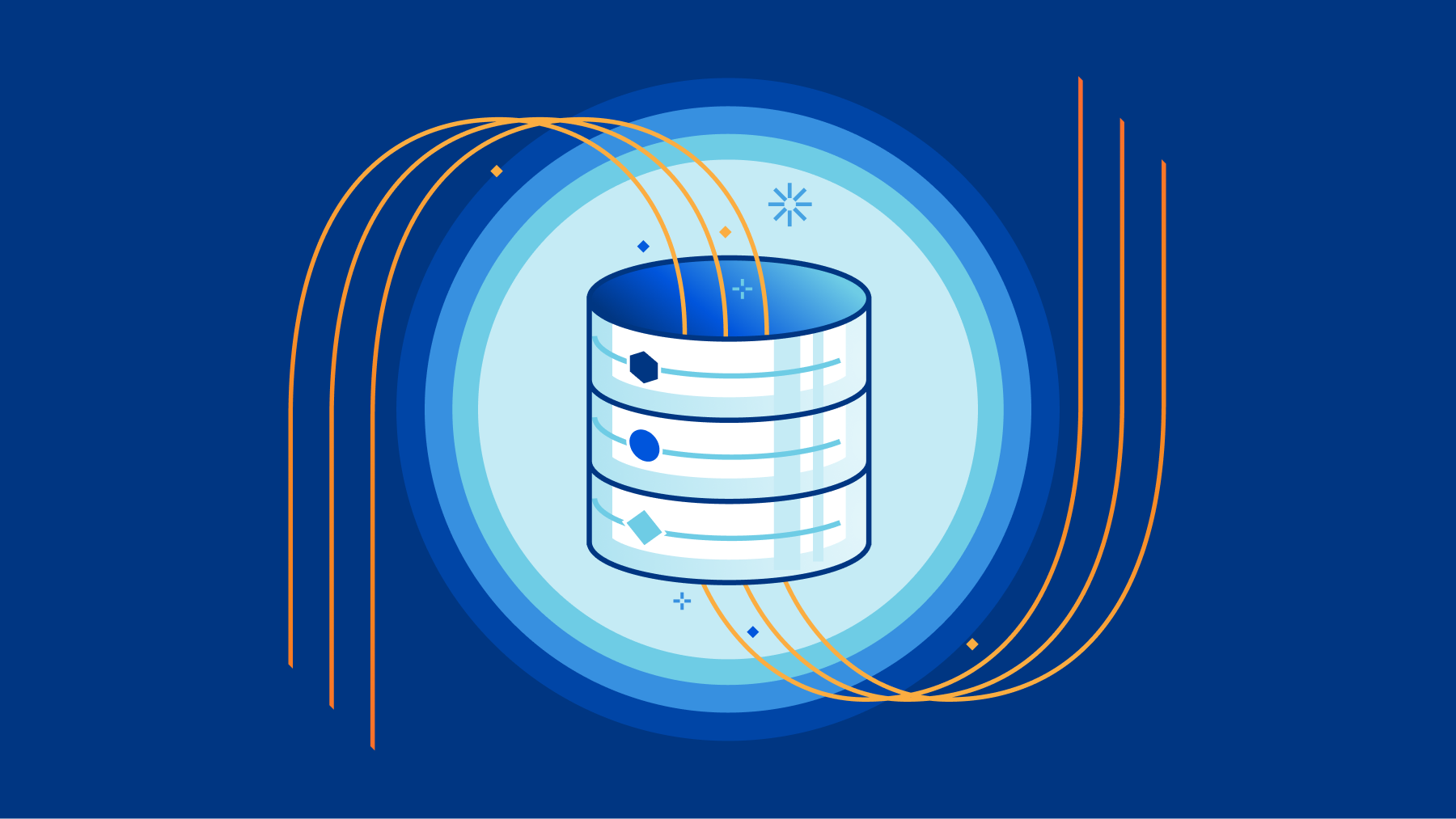Build your next startup on Cloudflare with our comprehensive Startup Plan, v2.0


Starting a business is hard. And we know that the first few years of your business are crucial to your success.
Cloudflare’s Startup Plan is here to help.
Last year, we piloted a program to a select group of startups for free, with a selection of products that are very high leverage for young startups, early in their product development, like Workers, Stream, and Zero Trust.
Over the past year, startup founders repeatedly wrote into [email protected], and most of these emails followed one of 2 patterns:
- A startup would like to request additional products that are not a part of the startup plan, often Workers KV, Pages, Cloudflare for SaaS, R2, Argo, etc.
- A startup that is not a part of any accelerator program but would like to get on the startup plan.
Based on this feedback, we are thrilled to announce that today we will be increasing the scope of the program to also include popularly requested products! Beyond that, we’re also super excited to be broadening the eligibility criteria, so more startups can qualify for the plan.
What does the Cloudflare Startup Plan include?
There’s a lot of additional value that’s in the latest version of Continue reading










